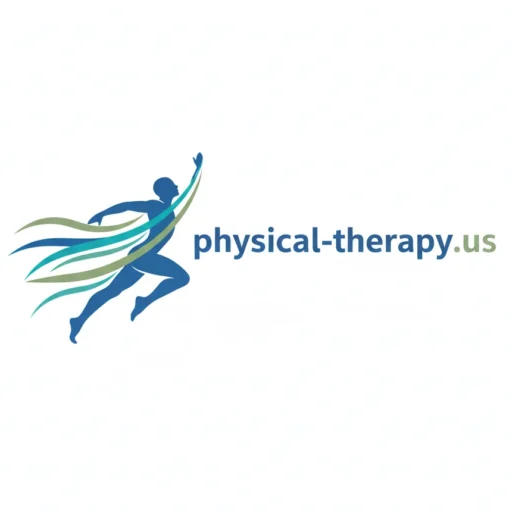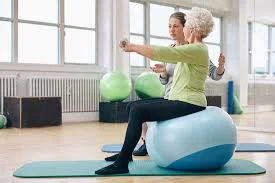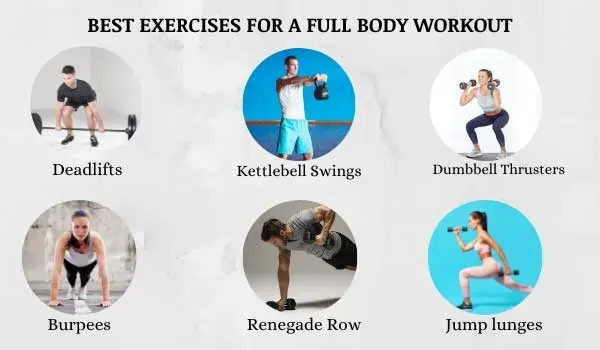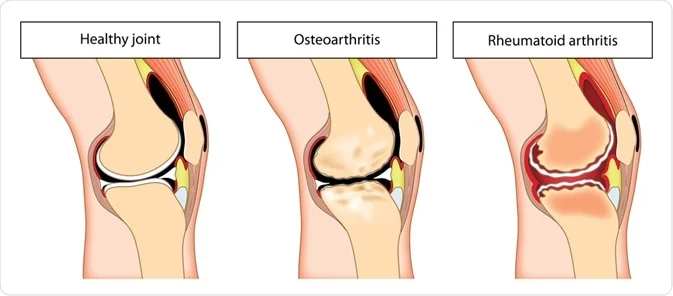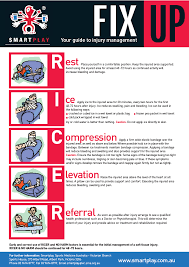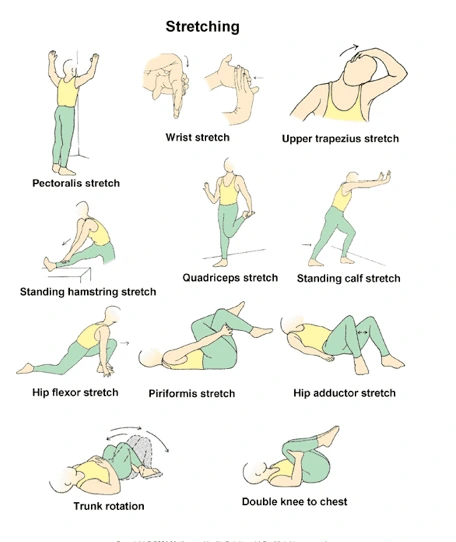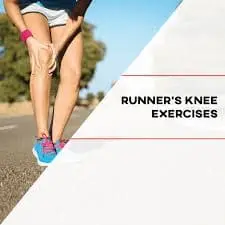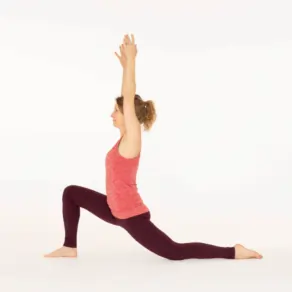Principles of Balance Training
What is Balance?
A basic ability for everyday tasks, balance is required to safely complete any kind of movement or activity. Balance is the body’s capacity to keep its center of gravity above its base of support while performing an action. For optimal and continuous motor performance, the vestibular, ocular, and somatosensory systems provide a feedback network.
What is Balance Training?
Exercises for balance training are made to help you become more adept at maintaining your body’s equilibrium when moving (dynamic balance) or standing motionless (static balance).
Balance training is beneficial for a wide range of populations. To safely and successfully include balance training into fitness programs when it is suitable, fitness professionals need to have a basic understanding of balance training programming and exercises. They must understand the fundamentals of balance, how to improve their motions, and how to do exercises correctly.
It makes the muscles in your legs and core stronger, which helps you keep upright.
Proprioception, or your body’s sense of its location in space, and coordination are improved.
It helps in
- Increase stability.
- Prevent falls, particularly among senior citizens.
- Increase athletic performance by developing coordination and flexibility.
- Correct your posture.
Core Principles of Balance Training
Center of Gravity (COG)
The location where the weight of your body is distributed uniformly is known as your center of gravity (COG). Balance training aims to improve your ability to control your COG.
Base of Support (BOS)
This is where you’ll find the support. Stability is increased by a wider BOS (e.g., feet apart), but difficulty is increased by a narrower BOS (e.g., standing on one foot).
The body can maintain balance in both static and dynamic postures because the center of mass functions perpendicular to the base of support.
Limits of Stability (LOS)
You can shift your COG as far as this without losing your equilibrium. Your LOS is expanded via balance training.
Sensory Systems
Balance relies on three basic sensory inputs.
Vestibular System
This system, which is situated in the inner ear, delivers data on head movement and position.
Somatosensory System
This system uses sensors in the muscles, joints, and skin to convey information about the position and movement of the body.
Visual System
Visual cues from your eyes aid with balance maintenance. The vestibular, somatosensory, and visual systems work together to form the essential elements of a complete system of balance, which enables the person to perform at their best whether moving or at rest.
Static Balance
Maintaining a stable position when not moving (e.g., standing on one leg).
Dynamic Balance
Maintaining balance while moving (e.g., walking, lunging).
Semi-Dynamic Balance
The capacity to remain still while adding movement is known as semi-dynamic balance.
Sensorimotor Function
Throughout static and gait postures, the sensorimotor system keeps joints stable and balanced. It makes use of the processing data obtained from feedback from central integration, motor, and sensory systems.
Neuromuscular Control
The relationship between the neurological and musculoskeletal systems is referred to as neuromuscular control. In terms of balance, involuntary muscle contractions that regulate joint motion and preserve joint stability are caused by neuromuscular control.
In order to function in daily life, balance is necessary. Activities that require you to move your body while remaining upright will indirectly use the systems that support overall balance ability.
The vestibular, ocular, and somatosensory systems must provide constant and quick feedback in order for the body to maintain its center of gravity in dynamic or postural states.
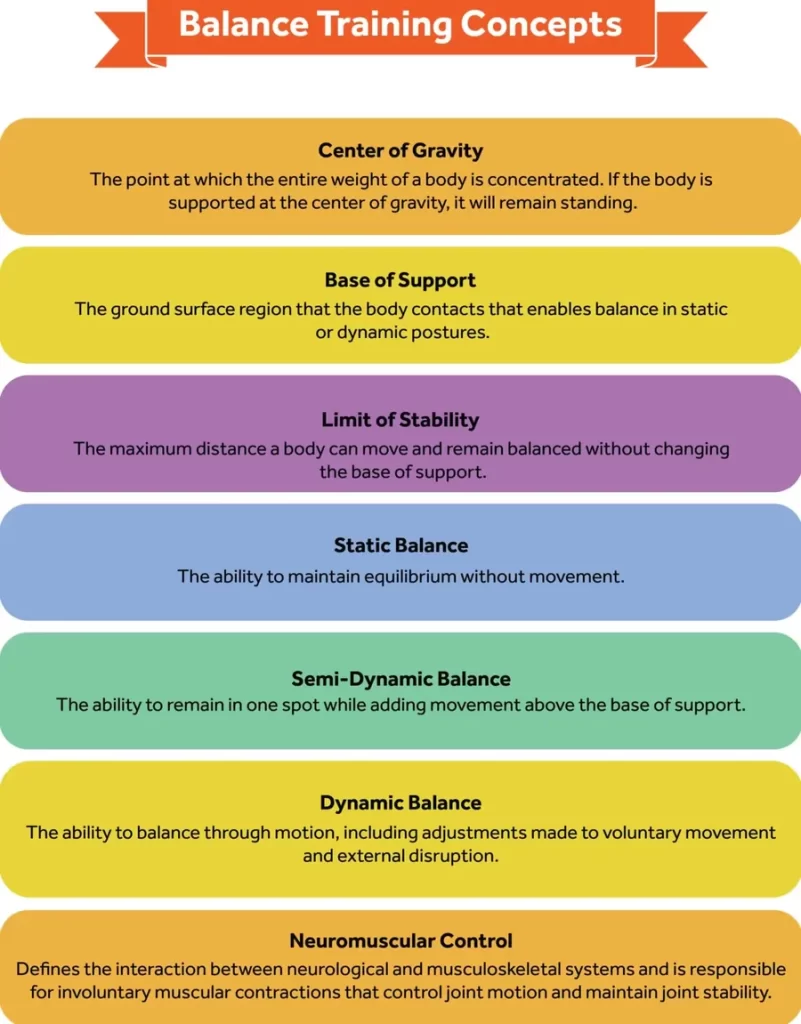
Principles of Progression
Balancing is divided into the three fundamental categories of exercises:
- Supported Balance
- Static Balance
- Dynamic Balance
These exercises are also carefully evaluated in three positions:
- Standing
- Sitting
- Walking
Supported Balanced Exercises
These exercises frequently start with the participant sitting and make use of chairs or parallel bars for support. Using assistive technology, the physiotherapist works to strengthen the patient’s core muscles before moving them into standing positions.
Static Balance Exercises
Exercises for static balance need stability without a lot of movement. Physiotherapists evaluate their patients’ capacity to maintain their balance whether walking, standing, or sitting without assistance.
To increase stability when seated, exercises could involve controlled movements and weight shifting.
Dynamic Balance Exercises
Patients may do tasks such as grasping for things or turning their upper body while seated. Weight-shifting exercises and controlled swaying motions are examples of standing dynamic balance exercises. Gait training with a focus on weight transfer and coordinated steps is part of walking balance.
Begin with simple exercises: Start with exercises like single-leg stands or heel-to-toe walks to set the basis.
Static to Dynamic: Work your way up from static exercises (holding a position) to dynamic activities (moving while keeping your balance).
Gradually increase difficulty: As your balance gets better, move on to more difficult exercises like curtsy lunges or single-leg squats.
Eyes Open to Eyes Closed: Exercises with closed eyes can help you improve your balance by making your other senses work harder.
Increase instability: To further test balance, including workouts on unsteady surfaces (such as wobble boards or foam pads).
Known to Unknown : It will be more difficult to do balancing exercises if you include cognitive demands like catching a ball or counting backwards.
Muscle Strength and Coordination
Focus on core and lower body: Having strong leg and core muscles is essential for balance.
Improve proprioception: Balance-challenging exercises enhance the body’s perception of its posture in space.
Enhance coordination: The capacity to coordinate motions and respond to shifts in equilibrium is improved by balancing training.
Movement Plane
Exercises go from sagittal to frontal and then transverse from the point of view of the movement plane.
Exercises in the sagittal plane provide a high degree of natural comfort for consumers since they transfer well to everyday activities.
Exercises in the frontal plane introduce a variety of motions that largely take place in the frontal plane but also interact with one another in the sagittal plane.
The body and equilibrium are put to the test by this extra layer of complexity, which increases movement dynamics and tension.
Lastly, a variety of muscles that cross over to the frontal and sagittal planes are used in the transverse plane. The circular form of the exercise presents a particular challenge to the visual balance system.
Importance of Posture
Proper alignment: Having proper posture is crucial for maintaining equilibrium and lowering the chance of falling.
Regular practice: Regular balancing exercises can lower the chance of falls and improve posture.
Program Progression
Start slowly: Start with easy exercises, then progressively raise the difficulty level.
Be patient: Balance takes time to improve, so practice consistently and with patience.
Listen to your body: If you experience pain or discomfort, stop and seek medical advice if necessary.
Benefits of Balance Training
People of all ages and fitness levels can benefit from balance training’s many advantages.
Fall Prevention
For senior citizens in particular, this is very important because falls can cause severe injury. However, by increasing stability and reducing the possibility of accidents, better balance helps everyone.
Improved Posture
Maintaining good posture requires strong core muscles, which are strengthened by balance training.
Enhanced Coordination
It enhances brain-muscle connection, which results in improved movement control and coordination.
Increase Stability
Your capacity to remain stable in a variety of circumstances is improved by balance training, whether you’re moving or standing motionless.
Improved Athletic Performance
Athletes gain from improved performance, agility, and response time.
Rehabilitation
In rehabilitation programs, balance training is frequently utilized to aid in the recovery of patients with neurological disorders or conditions.
Examples of Balance Exercises
Single-Leg Standing
Starting Position: Place your feet hip-width apart and stand upright.
Balance your weight equally on both feet.
Transfer your weight on one foot slowly.
Remove the opposite foot from the floor.
Keeping your standing leg slightly bent (not locked) will help you stay balanced.
Focus your attention on a stationary object in front of you and maintain an active core. After lowering your raised leg, repeat on the other leg.
Maintain the one-leg stance for a particular period of time.
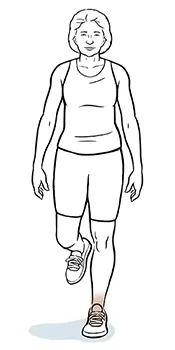
Tandem Stance
Starting Position: For support, especially when starting out, stand close to a wall or a chair.
Face forward and place your feet shoulder-width apart.
From heel to toe, place one foot exactly in front of the other. Think about it like you are balancing on a tightrope.
Make sure the toes of your other foot are in contact with or almost touching the heel of your front foot.
Make sure your feet are facing forward rather than outward.
Hold the position for some time ; as your balance improves, progressively increase the duration from a shorter duration (e.g., 10–15 seconds).
As you advance, try to reach 30-45 seconds.
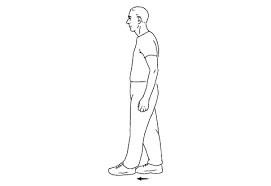
Step-up
You will require a stable platform, box, or step.
Face the step as you stand.
Firmly put your right foot in the middle of the step.
To raise your body over the step and bring your left foot up to meet your right foot, push through your right heel.
At the peak, keep your balance.
Put your left foot back down and then your right foot back down.
Alternate the front foot and repeat.
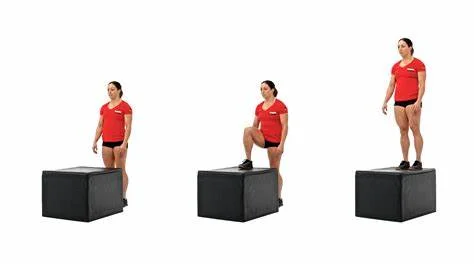
Heel-to-Toe Walking
Heel-to-toe walking, also known as tandem gait,
Make sure you have enough room to walk in a straight line as you stand tall with your feet together.
Place the heel of your leading foot directly in front of the toes of your back foot.
Essentially, you’re walking as if you’re on a tightrope, with each step placing one foot directly in front of the other.
Maintain a straight line as you walk.
Keeping each heel exactly in front of the toes of the opposing foot, repeat this process.
Keep your core active and concentrate on maintaining your balance.
Try not to look down at your feet and instead stare straight ahead.
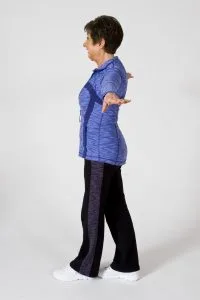
Forward weight shifting
Maintain a hip-width distance between your feet to ensure that your weight is distributed properly.
With your heels slightly raised, slowly move your weight forward on the heel of your feet.
Take a few seconds to hold this stance.
Lightly raise the soles of your feet by shifting your weight back on your heels.
Take a few seconds to hold this stance.
Go back to the starting point.
Continue moving forward and backward.
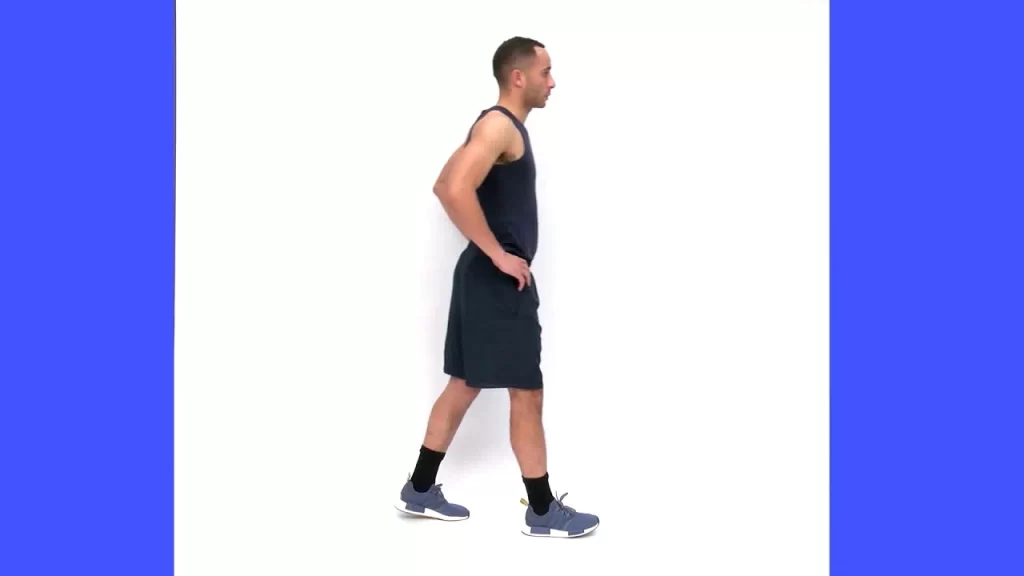
Lateral Weight Shifting
To ensure that your weight is properly distributed between both feet, stand with them hip-width apart.
Keep your posture relaxed and bend your knees slightly.
As you gradually transfer your weight to your right foot, let your left foot become lighter. Even raising the left foot a little bit off the ground is an alternative.
Hold this posture while keeping your balance for a few seconds.
Change your direction in a way that your weight is evenly distributed between both feet at the middle.
Let your right foot lighten and then shift your weight to your left foot.
Do this side-to-side movement as many times as you like.
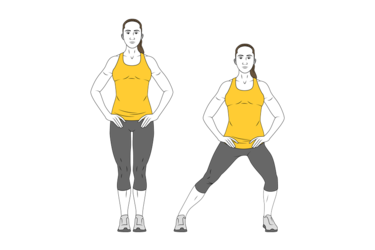
Toe raises
Place your feet hip-width apart on the floor and stand tall.
If you require balance, especially while you are just beginning the exercise, you can hold a chair or wall.
With your heels firm in place, slowly raise your toes off the ground.
Make an effort to raise your toes as far as is comfortable.
Concentrate on using your lower leg muscles.
Return to the beginning position by slowly lowering your toes.
To prevent dropping your toes, control your movement.
Do this exercise as many times as you like, like ten to fifteen times.
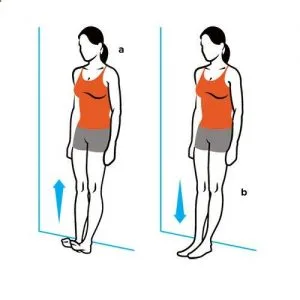
Stationary Marching
Stand upright with your feet hip-width apart on the ground.
Keep your head up, shoulders back, and core active to maintain proper posture.
Keep your arms at your sides in a relaxed position.
Raise your right knee toward your chest, attempting to make it a 90-degree angle.
Simultaneously, extend your left arm.
Drop your right foot back to the beginning.
Repeat the movement with your right arm and left knee.
Continue to march rhythmically, switching between arms and legs.
Start by standing up straight, raising one foot off the ground, and bringing your knee up to your chest. Repeat on the opposite side after putting the foot back on the ground.
Lateral leg swing
The dynamic exercise known as the lateral leg swing enhances hip mobility, flexibility, and balance.
Take a standing position with your feet shoulder-width apart.
If you require light assistance, particularly while practicing the exercise for the first time, you can use a chair or wall.
Shift your weight on your right leg.
Swing your left leg out to the side as far as it is comfortable while maintaining an erect posture and an engaged core.
Return to the starting position with your left leg, controlling the movement.
Repeat the movement for some repetitions.
After that, witch your weight to your left leg and swing your right leg again.

Exercise with a wobble board
Wobble boards are excellent resources for strengthening your core, balance, and stability.
Start by just standing on the wobble board with your knees slightly bent and your feet shoulder-width apart.
Make an effort to keep the board as level as you can while concentrating on staying balanced.
Increase the length progressively after starting with short intervals (30 seconds to 1 minute).
Front-to-Back and Side-to-Side Tilts
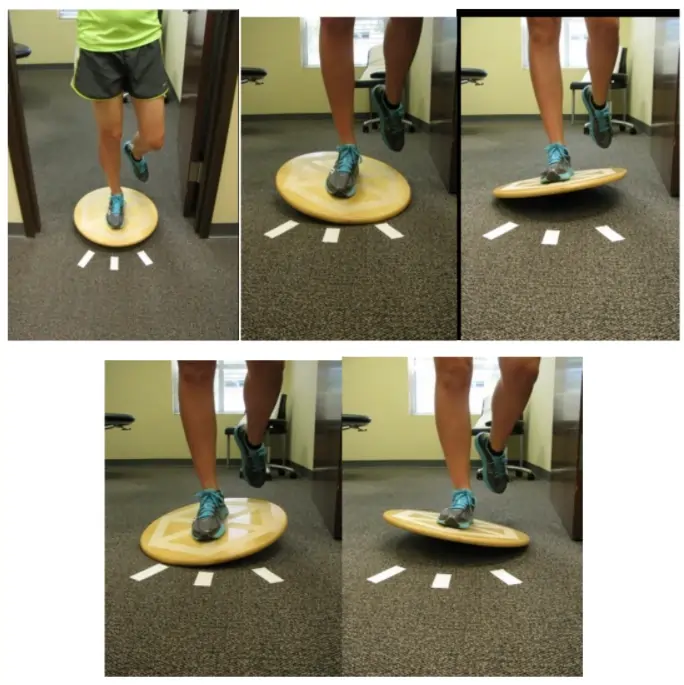
Control the movement by tilting the board slowly forward and backward and then side to side.
This enhances the stability of the legs and ankles.
Squats: Stand on the wobble board and perform squats.
Your leg and core muscles are worked harder on the unstable surface.
Lunges: Make a lunge by stepping forward into the wobble board with one foot.
Your legs get stronger and your equilibrium is tested.
Single-Leg Balance: Maintain the position for as long as you can while standing on the wobble board with just one leg.
Ankle strength and balance are significantly enhanced by this.
Tai chi for balance
Tai chi can help you become more steady, balance better, and fall less frequently. The slow, methodical motions of tai chi necessitate regular weight shifting and attention to posture. The muscles and coordination needed to maintain balance are strengthened by this constant weight transfer.
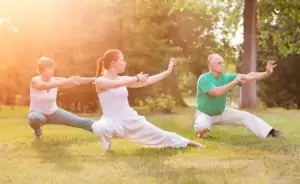
FAQs
Which two kinds of balancing exercises are there?
There are static and dynamic balance exercises
Is balance improved by walking?
Yes, you may use easy, daily activities to enhance your balance.
What is the balancing training principle?
Strengthening the muscles that support your upright posture, such as your legs and core, is the goal of balance training.
How often should I do balance exercises?
Your schedule should ideally include balancing training many times each week.
Where can I do balance training?
Exercises for balance may be done almost anyplace, whether it’s at home, the gym, or outside.
Why is balance training so important?
For elderly persons in particular, balance training is essential to preventing falls.
Additionally, it makes everyday tasks safer and easier and improves sports performance and coordination.
What are the five balancing exercises?
standing with one leg up, heel-to-toe walking, sit-to-stand, single-leg stance, and tandem stance.
What leads to poor balance?
Feeling unbalanced or losing your balance when walking might be caused by vestibular issues. Inner ear abnormalities might make you feel unsteady in the dark and like your head is floating or heavy. injury to your legs’ nerves (peripheral neuropathy).
References
- Lindala, J. (2023, July 16). Chapter 21: Principles of Balance Training. International Personal Trainer Academy (IPTA). https://traineracademy.org/cpt-textbook/principles-of-balance-training/
- Balance exercises: Step-by-step guide. (n.d.). Mayo Clinic. https://www.mayoclinic.org/healthy-lifestyle/fitness/in-depth/balance-exercises/art-20546836
- Edwards, D. (2021, April 30). 8 Benefits of balance training. Primal Play. https://www.primalplay.com/blog/8-benefits-of-balance-exercises
- Maharaj, S. (2023, January 24). Static Balance vs. Dynamic Balance Exercises. Propel Physiotherapy. https://propelphysiotherapy.com/exercise/static-balance-vs-dynamic-balance-exercises/
- Physiotherapist, N. P.-. (2024, December 26). Physiotherapy Centre India Colony Road Bapunagar Ahmedabad. Mobile Physiotherapy Clinic. https://mobilephysiotherapyclinic.in/about-us-physiotherapy-centre-ahmedabad/
- Ways to improve your balance. (n.d.). WebMD. https://www.webmd.com/fitness-exercise/ss/slideshow-ways-to-improve-balance
